5g
Showing 5051–5100 of 7613 results
-
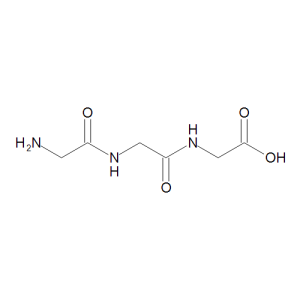
Glycyl-Glycyl-Glycine
$94.01 Add to cart View Product DetailsMolecular Formula : C6 H11 N3 O4
-
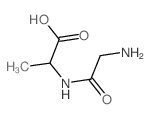
Glycyl-l-alanine
$174.23 Add to cart View Product DetailsMolecular Formula : C5H10N2O3
-
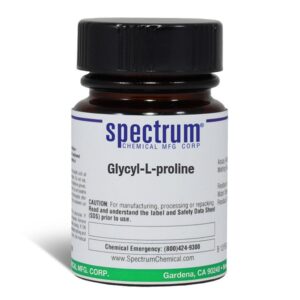
Glycyl-L-proline
$457.56 Add to cart View Product DetailsGlycyl-L-proline
-

Glycyl-L-tyrosine
$233.71 Add to cart View Product DetailsGlycyl-L-tyrosine
-

Glycyl-L-Tyrosine Dihydrate
$82.80 Add to cart View Product DetailsMolecular Formula : C11 H14 N2 O4 . 2 H2 O
-
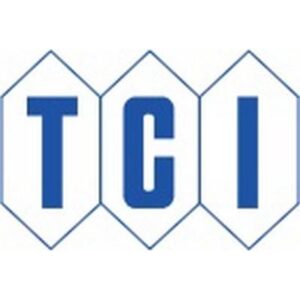
Glyoxal Bis(2-hydroxyanil)
$83.26 Add to cart View Product DetailsGlyoxal Bis(2-hydroxyanil)
-
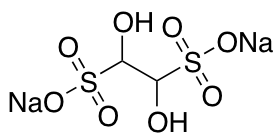
Glyoxal Sodium Bisulfite (contains oligomers)
$56.06 Add to cart View Product DetailsMolecular Formula : C2H4Na2O8S2
-
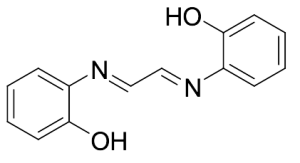
Glyoxalbis(2-hydroxyanil)
$263.93 Add to cart View Product DetailsMolecular Formula : C14 H12 N2 O2
-

Glyoxime
$176.81 Add to cart View Product DetailsMolecular Formula : C2 H4 N2 O2
-
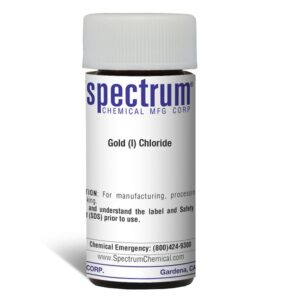
Gold (I) Chloride
$2,103.67 Add to cart View Product DetailsGold (I) Chloride
-
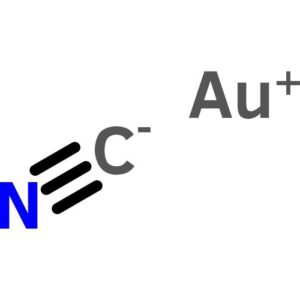
Gold (I) Cyanide
$1,906.71 Add to cart View Product DetailsGold (I) Cyanide
-
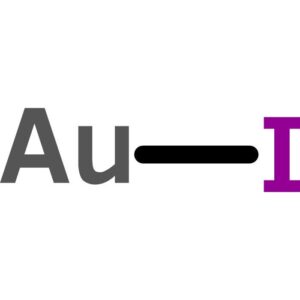
Gold (I) Iodide
$2,057.53 Add to cart View Product DetailsGold (I) Iodide
-
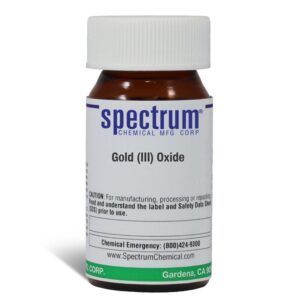
Gold (III) Oxide
$1,993.80 Add to cart View Product DetailsGold (III) Oxide
-
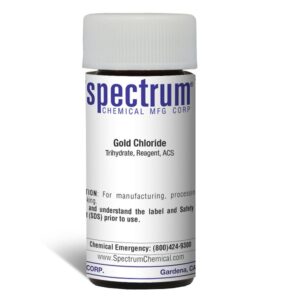
Gold Chloride, Trihydrate, Reagent, ACS
$984.42 Add to cart View Product DetailsGold Chloride, Trihydrate, Reagent, ACS
-

Gold Chloride, Trihydrate, Reagent, ACS
$4,315.97 Add to cart View Product DetailsGold Chloride, Trihydrate, Reagent, ACS
-
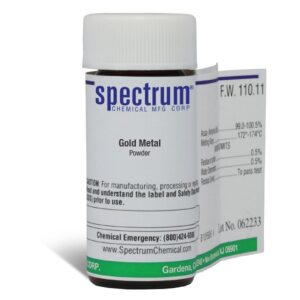
Gold Metal, 20 Mesh, Powder
$2,783.87 Add to cart View Product DetailsGold Metal, 20 Mesh, Powder
-
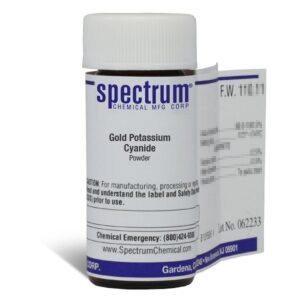
Gold Potassium Cyanide, Powder
$1,660.77 Add to cart View Product DetailsGold Potassium Cyanide, Powder
-

Gold Sodium Thiomalate
$2,177.57 Add to cart View Product DetailsGold Sodium Thiomalate
-
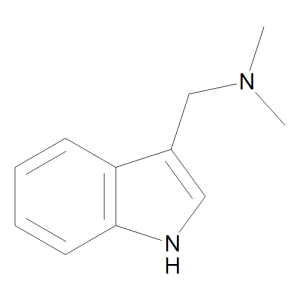
Gramine
$214.76 Add to cart View Product DetailsMolecular Formula : C11 H14 N2
-

Griseofulvin
$74.18 Add to cart View Product DetailsMolecular Formula : C17 H17 Cl O6
-
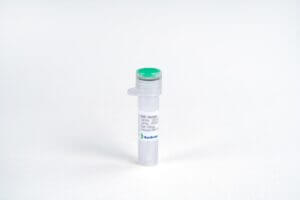
GRO alpha/CXCL1, Human
$63.83 Add to cart View Product DetailsChemokine (C-X-C motif) ligand 1 (CXCL1) is a small cytokine belonging to the CXC chemokine family that was previously called GRO1 oncogene, GRO-α, KC, neutrophil-activating protein 3 (NAP-3) and melanoma growth stimulating activity, alpha (MSGA-α). Human GRO-α, GRO-β (MIP2α),and GRO-γ (MIP2β)are products of three distinct, nonallelichuman genes. GRO-β and GRO-γ share 90% and 86% amino acid sequence homology with GROα, respectively. All three isoforms of GRO are CXC chemokines that can signal through the CXCR1 or CXCR2 receptors. GRO expression is inducible by serum or PDGF and/or by a variety of inflammatory mediators, such as IL-1 and TNF, in monocytes, fibroblasts, melanocytes and epithelial cells. In certain tumor cell lines, GRO is expressed constitutively. Similar to other alpha chemokines, the three GRO proteins are potent neutrophil attractants and activators. Additionally, these chemokines are also active toward basophils.All three GROs can bind with high affinity to the IL-8 receptor type B.
-

GRO beta/CXCL2, Human
$51.75 Add to cart View Product DetailsHuman GRO-α, GRO-β (MIP-2α), and GRO-γ (MIP-2β) are products of three distinct, nonallelichuman genes. GRO-β and GRO-γ share 90% and 86% amino acid sequence homology, respectively, with GROα. All three isoforms of GRO are CXC chemokines that can signal through the CXCR1 or CXCR2 receptors.GRO expression is inducible by serum or PDGF and/or by a variety of inflammatory mediators, such as IL-1 and TNF, in monocytes, fibroblasts, melanocytes and epithelial cells. In certain tumor cell lines, GRO is expressed constitutively.Similar to other alpha chemokines, the three GRO proteins are potent neutrophil attractants and activators. In addition, these chemokines are also active toward basophils.
-

GRO-α/KC/CXCL1, Mouse(CHO-expressed)
$43.13 Add to cart View Product DetailsGRO-α/KC/CXCL1 coded by CXCL1 gene at chromosome 5 is approximately 63% identity to that of mouse MIP2. KC is also approximately 60% identical to the human GROs. Mouse KC is a potent neutrophil attractant and activator. The functional receptor for KC has been identified as CXCR2. Based on the pattern of KC expression in a number of inflammatory disease models, KC appears to have an important role in inflammation. KC was found to be involved in monocyte arrest on atherosclerotic endothelium and may also play a pathophysiological role in Alzheimer’s disease.
-
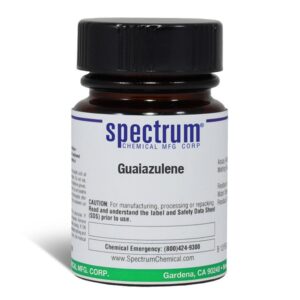
Guaiazulene
$104.74 Add to cart View Product DetailsGuaiazulene
-
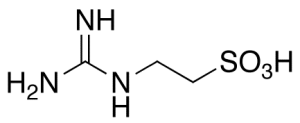
Guanidinoethyl Sulfonate
$349.31 Add to cart View Product DetailsMolecular Formula : C3 H9 N3 O3 S
-
Guanine
$70.73 Add to cart View Product DetailsMolecular Formula : C5 H5 N5 O
-
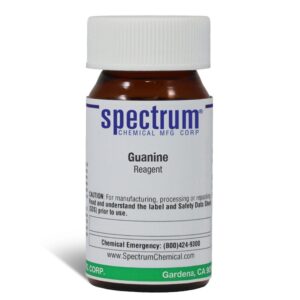
Guanine, Reagent
$50.31 Add to cart View Product DetailsGuanine, Reagent
-

Guanosine
$23.95 Add to cart View Product DetailsGuanosine
-
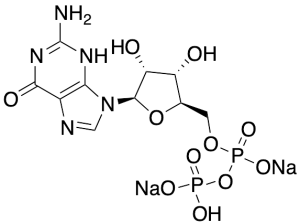
Guanosine 5′-Diphosphate Disodium Salt
$292.39 Add to cart View Product DetailsMolecular Formula : C10H13N5Na2O11P2
-

Guanosine 5′-Diphosphate Disodium Salt (~80%)
$255.30 Add to cart View Product DetailsMolecular Formula : C10H13N5Na2O11P2
-
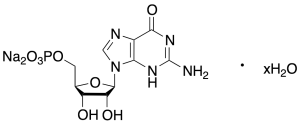
Guanosine 5′-Monophosphate Disodium Salt
$80.21 Add to cart View Product DetailsMolecular Formula : C10H12N5Na2O8P • x(H2O)
-
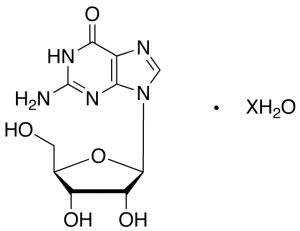
Guanosine Hydrate
$116.44 Add to cart View Product DetailsMolecular Formula : C10 H13 N5 O5 . xH2 O
-
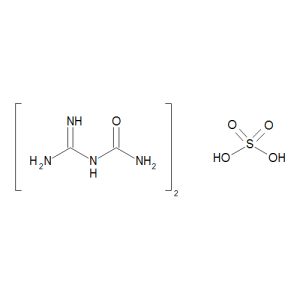
Guanyl Urea Sulfate
$69.86 Add to cart View Product DetailsMolecular Formula : 2 C2 H6 N4 O . H2 O4 S
-
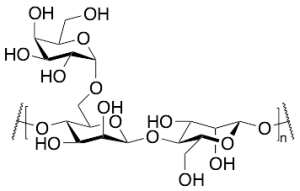
Guar Gum
$56.93 Add to cart View Product DetailsMolecular Formula : (C18H30O16)n
-
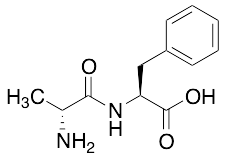
H-D-Ala-phe-oh
$1,427.44 Add to cart View Product DetailsMolecular Formula : C12 H16 N2 O3
-

H-Leu-leu-OMe hydrochloride
$184.58 Add to cart View Product DetailsMolecular Formula : C13H27ClN2O3
-
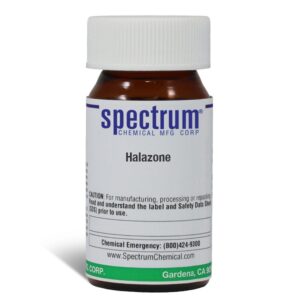
Halazone
$112.07 Add to cart View Product DetailsHalazone
-

Haloperidol
$104.74 Add to cart View Product DetailsHaloperidol
-
Haloperidol
$137.14 Add to cart View Product DetailsMolecular Formula : C21 H23 Cl F N O2
-
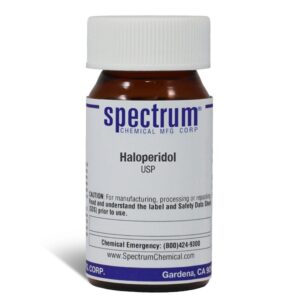
Haloperidol, USP
$253.95 Add to cart View Product DetailsHaloperidol, USP
-

Halquinol, mixture of 5,7-Dichloro-8-quinolinol, 5-Chloro-8-quinolinol, 7-Chloro-8-quinolinol and 8-Hydroxyquinoline
$145.76 Add to cart View Product DetailsMolecular Formula : C9 H7 N O . 2[C9 H6 Cl N O] . C9 H5 Cl2 N O
-
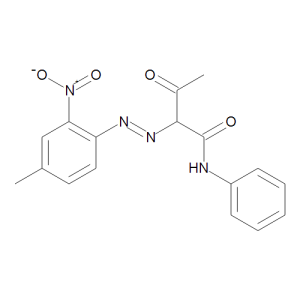
Hansa Yellow (Technical Grade)
$126.79 Add to cart View Product DetailsMolecular Formula : C17 H16 N4 O4
-

HB-EGF, Human
$29.33 Add to cart View Product DetailsProheparin-binding EGF-like growth factor (HB-EGF), also known as DTR, DTS and HEGFL, is a member of the EGF family of mitogens. It is expressed in macrophages, monocytes, endothelial cells and muscle cells. HB-EGF signals through the EGF receptor to stimulate the proliferation of smooth muscle cells, epithelial cells and keratinocytes. Compared to EGF, HB-EGF binds to the EGF receptor with a higher affinity and has been shown to bemore mitogenic, likely due to its ability to bind to heparin and heparin sulfate proteoglycans. HB-EGF has also been reported to act as a diphtheria toxin receptor, mediating endocytosis of the bound toxin. Heparin-binding EGF-like growth factor has been shown to interact with NRD1, Zinc finger and BTB domain-containing protein 16 and BAG1.
-
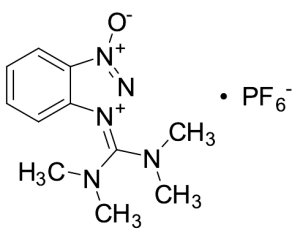
HBTU
$67.28 Add to cart View Product DetailsMolecular Formula : C11H16F6N5OP
-
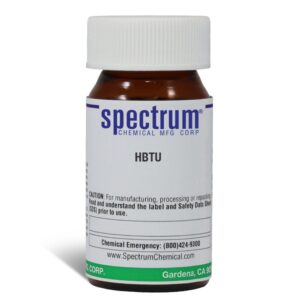
HBTU
$108.11 Add to cart View Product DetailsHBTU
-
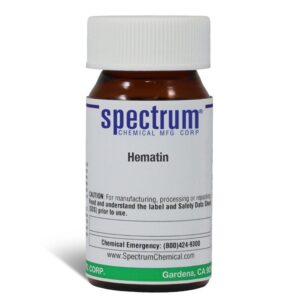
Hematin
$822.23 Add to cart View Product DetailsHematin
-
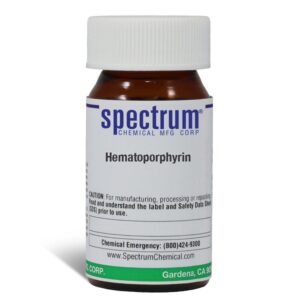
Hematoporphyrin
$579.55 Add to cart View Product DetailsHematoporphyrin
-
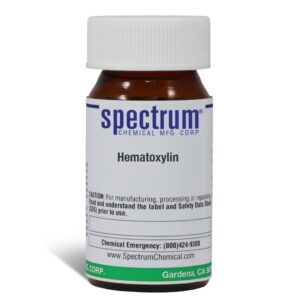
Hematoxylin
$161.18 Add to cart View Product DetailsHematoxylin
-

Hematoxylin, Hydrate
$94.65 Add to cart View Product DetailsHematoxylin, Hydrate
-

Hemin Chloride (Technical grade)
$97.46 Add to cart View Product DetailsMolecular Formula : C34H32ClFeN4O4






